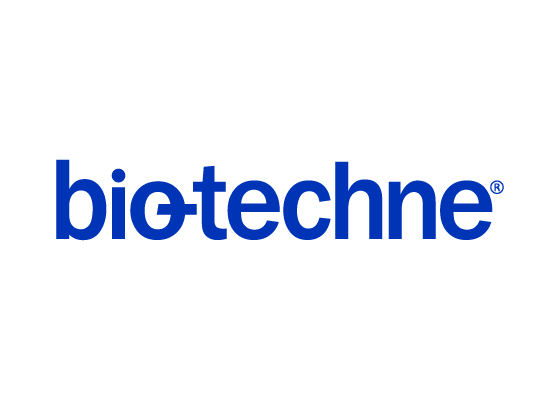INTENDED USE & DESCRIPTION
For use as quantitative controls for the determination of cytokine concentrations in biological fluids. Concentrations have been assigned using R&D Systems’ QuantiGlo® kits. Controls are prepared in diluted porcine serum with preservatives. They contain recombinant human cytokines at low, medium and high concentrations. Controls are supplied lyophilized.
STORAGE & STABILITY
Unreconstituted Controls should be stored at 2-8 °C and are stable for at least 6 months from date of receipt. Depending on the analyte of interest, reconstituted controls may be stable when stored at
REAGENT PREPARATION
Reconstitute each vial with the volume of deionized or distilled water indicated on the product datasheet.
PROCEDURE & EXPECTED VALUES
Controls should be assayed in the same manner as unknown specimens.
The acceptable ranges for the analytes in these controls are printed on the product datasheet. Due to possible variations in techniques and methodologies, it is recommended that each laboratory determine its own target range. Laboratories using other test systems should establish their own acceptable ranges as these assays may produce different values.
TECHNICAL HINTS & LIMITATIONS OF THE PROCEDURE
• The ranges were determined using R&D Systems’ QuantiGlo kits. If expected values are not obtained, verify that the lot numbers on the vials correspond with the lot numbers listed above and the correct volume of deionized or distilled water was used for reconstitution of the controls.
• The results obtained with these controls depend upon several factors associated with methods and instrumentation. Test systems other than those supplied by R&D Systems may result in values that differ from those printed on this product datasheet.
Interleukin 6 (IL-6) is a pleiotropic, a-helical, 22-28 kDa phosphorylated and variably glycosylated cytokine that plays important roles in the acute phase reaction, inflammation, hematopoiesis, bone metabolism, and cancer progression. Mature human IL-6 is 183 amino acids (aa) in length and shares 39% aa sequence identity with mouse and rat IL-6. Alternative splicing generates several isoforms with internal deletions, some of which exhibit antagonistic properties. Cells known to express IL-6 include CD8+ T cells, fibroblasts, synoviocytes, adipocytes, osteoblasts, megakaryocytes, endothelial cells (under the influence of endothelins), sympathetic neurons, cerebral cortex neurons, adrenal medulla chromaffin cells, retinal pigment cells, mast cells, keratinocytes, Langerhans cells, fetal and adult astrocytes, neutrophils, monocytes, eosinophils, colonic epithelial cells, B1 B cells and pancreatic islet beta cells. IL-6 production is generally correlated with cell activation and is normally kept in control by glucocorticoids, catecholamines, and secondary sex steroids. Normal human circulating IL-6 is in the 1 pg/mL range, with slight elevations during the menstrual cycle, modest elevations in certain cancers, and large elevations after surgery.
IL-6 induces signaling through a cell surface heterodimeric receptor complex composed of a ligand binding subunit (IL-6 R alpha) and a signal transducing subunit (gp130). IL-6 binds to IL-6 Ra, triggering IL-6 Ra association with gp130 and gp130 dimerization. gp130 is also a component of the receptors for CLC, CNTF, CT-1, IL-11, IL-27, LIF, and OSM. Soluble forms of IL-6 Ra are generated by both alternative splicing and proteolytic cleavage. In a mechanism known as trans-signaling, complexes of soluble IL-6 and IL-6 Ra elicit responses from gp130-expressing cells that lack cell surface IL-6 Ra. Trans-signaling enables a wider range of cell types to respond to IL-6, as the expression of gp130 is ubiquitous, while that of IL-6 Ra is predominantly restricted to hepatocytes, monocytes, and resting lymphocytes. Soluble splice forms of gp130 block trans-signaling from IL-6/IL-6 Ra but not from other cytokines that use gp130 as a co-receptor.
IL-6, along with TNF-a and IL-1, drives the acute inflammatory response. IL-6 is almost solely responsible for fever and the acute phase response in the liver, and it is important in the transition from acute inflammation to either acquired immunity or chronic inflammatory disease. When dysregulated, it contributes to chronic inflammation in conditions such as obesity, insulin resistance, inflammatory bowel disease, arthritis, and sepsis. IL-6 modulates bone resorption and is a major effector of inflammatory joint destruction in rheumatoid arthritis through its promotion of Th17 cell development and activity. It contributes to atherosclerotic plaque development and destabilization as well as the development of inflammation-associated carcinogenesis.


